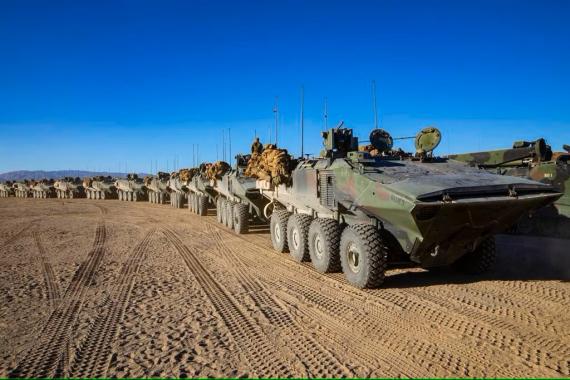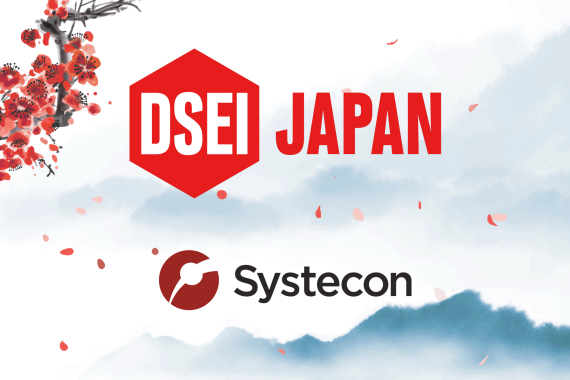
Maintain Readiness: Spare Parts Optimization
When aspects of the business world shut down in times of crisis, defense and other critical systems must remain both operational and mission ready. In order to maintain overall readiness, especially during these uncertain times, your team should have a solid tool for spare parts optimization. Spares optimization can not only help to make the design, procurement, and operation process more efficient – it also helps your team to maintain readiness at all times.
The Spare Parts Landscape Has Changed with Advanced Technology
Both the data inputs and the models that read technology have become more advanced, making spare parts optimization tools and inventory optimization crucial for any fleet or system.
Modern tools enable analyzing each system in a fleet with to get the most precise data on what parts are needed for both new and current vehicles or machines. This doesn’t just look historically, but at the current needs of the fleet to determine what future action is needed to maintain maximum mission readiness.
Maintain Operational and Mission Readiness at All Parts of the Life Cycle
Program managers use spare parts optimization and readiness-based sparing to determine the inventory investment required for a new system – or throughout that entire system life cycle. Though many divisions simply use spare parts inventory optimization to determine the lowest cost spares mix and understand the impact of scheduled maintenance operations, readiness-based sparing can help provide a deeper understanding of fleet needs tied to mission requirements.
With a robust readiness-based sparing software, teams can better understand the impacts of lateral support, fleet growth and decline, reliability growth, redundancy and operational concept changes on the balance of cost and capability. These tools can help teams understand the interplay between costs, readiness, maintainability, maintenance concept and requisition response times.
The Future of Spare Parts Optimization
The future of spare parts optimization incorporates not just the available historical data, but also aggregates more precise vehicle-level analysis through true, unsupervised machine learning. Unsupervised machine learning uses artificial intelligence to identify patterns in usage and wear, enabling a deeper understanding of failure distributions and failure modes, adapting predictive analytics to any situation or individual vehicle. This allows for more comprehensive mission analysis and management of the entire vehicle life cycle, giving your team a macro picture of the entire fleet’s needs and how each potential change will affect cost and readiness.
Systecon’s Opus Suite offers the best in strategic readiness-based sparing with an eye toward the tactical needs of each individual vehicle. Learn more about the most advanced spare parts optimization tools for mission readiness.
OPUS10 – More than Spare Parts Optimization
Unlock Efficiency with OPUS10: Advanced Spare Parts Optimization Analytics Software



